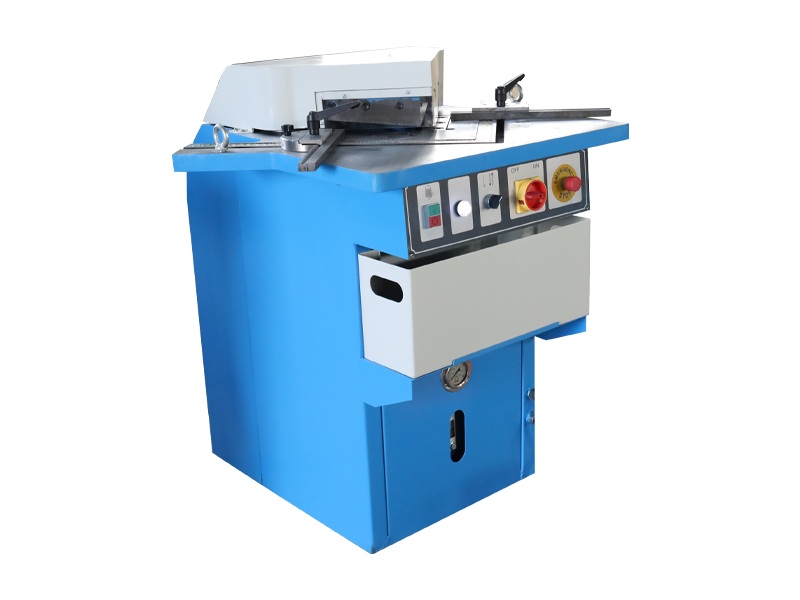In the dynamic landscape of modern fabrication, achieving precision bending in materials is paramount to manufacturing high-performance cabinets and enclosures. Whether for kitchen cabinetry, electrical enclosures, or custom sheet metal components, bending directly dictates structural integrity, functional fit, and aesthetic consistency. This article explores specialized bending solutions tailored to cabinet and enclosure fabrication, highlighting advanced techniques, tooling innovations, and process optimizations that underpin efficient, high-quality production.
Bending is a foundational manufacturing process involving the controlled plastic deformation of a material to achieve a predefined angle, radius, or profile. In cabinet and enclosure fabrication—where component interoperability and dimensional accuracy are critical—bending ensures seamless assembly, load-bearing capability, and adherence to tight tolerances (typically ±0.1mm for precision sheet metal applications). The process must balance material properties (e.g., yield strength, ductility) with geometric requirements to avoid defects such as cracking, springback, or surface deformation.
Material-Specific Bending Methodologies
Cabinet and enclosure fabrication relies on two primary substrates—wood and metal—each requiring specialized bending techniques to accommodate their unique mechanical characteristics.
Wood Bending for Cabinetry
Wood remains integral to cabinetry due to its aesthetic versatility, but its anisotropic structure (grain direction) demands targeted approaches to prevent fracturing.
- Steam Bending: A traditional technique for solid wood. Lumber is exposed to saturated steam (100–110°C) for 1–3 hours (dependent on thickness) to soften lignin, the polymer binding wood fibers. Post-softening, the wood is clamped into a precision mold and air-dried (6–24 hours) to set the form. Ideal for organic curves in decorative cabinet components.
- Laminated Bending: Preferred for high-strength, consistent bends. Thin wood veneers (0.8–3mm thick) are bonded with moisture-resistant adhesives (e.g., phenol-formaldehyde) and layered to cross-align grain directions. The stack is compressed in a mold (10–20 kg/cm²) at 80–120°C until adhesive curing (30–60 minutes), eliminating grain-related weak points and enabling tighter radii.
- Kerf Bending: Suited for tight-radius bends (down to 10mm) in solid wood panels. Parallel, partial-depth cuts (kerfs) are machined along the bend axis, removing 50–70% of material thickness. The remaining web flexes to conform to the mold; kerfs are often filled post-bending to restore structural integrity. Common in cabinet door frames and curved fascias.
Sheet Metal Bending for Metal Enclosures & Cabinets
Sheet metal (mild steel, stainless steel, aluminum) is ubiquitous in electrical enclosures and industrial cabinets. Bending processes for metal focus on minimizing springback (elastic recovery) and preserving edge quality.
- Press Brake Bending: The industry standard for precision forming. A CNC (Computer Numerical Control) press brake applies force (10–3000 tons) to clamp the sheet over a V-die or U-die, forming the target angle. Modern systems integrate backgauges and angle sensors to achieve ±0.05mm repeatability, critical for high-volume enclosure production.
- Roll Bending: Optimized for large-radius curves (e.g., cylindrical enclosures). A trio of adjustable rollers (one top, two bottom) applies incremental pressure, gradually shaping the sheet into a continuous arc. CNC roll benders enable programmable radius control for consistent curvature across batches.
- V-Bending & U-Bending: Specialized press brake variants. V-bending uses a V-shaped punch/die for acute angles (15°–165°), while U-bending employs a channel die to create closed profiles for edge reinforcement in enclosures. Selection depends on final part geometry and functional requirements.
Precision Bending for Electrical Enclosures
Electrical enclosures demand exceptional accuracy to ensure IP (Ingress Protection) compliance and compatibility with internal components (e.g., circuit breakers, wiring harnesses). Bending processes here prioritize tolerance control and repeatability over high throughput.
- CNC Panel Bending Machines: These specialized systems have revolutionized enclosure fabrication. Unlike traditional press brakes, they use a clamping beam and rotating tools to form edges without repositioning the sheet, reducing setup time by up to 70%. Multi-axis control enables complex features (e.g., hemmed edges, offset bends) in a single cycle.
- Automated Quality Assurance: Integrated sensors monitor bend angles and springback in real time, dynamically adjusting machine parameters to maintain specifications. This minimizes human error and ensures consistency across production runs.
- Material Efficiency: For thin-gauge metals (0.5–2mm), CNC panel benders optimize nesting patterns and reduce setup scrap, aligning with cost-efficiency goals for high-volume production.
Integration into Sheet Metal Production Workflows
Bending is a critical midstream step in sheet metal fabrication, requiring tight coordination with upstream/downstream processes to maximize efficiency.
1. Precision Cutting: Prior to bending, sheets are cut to net shape via laser cutting, plasma cutting, or waterjet cutting. Laser cutting is preferred for its ±0.02mm accuracy and ability to create complex notches/holes that facilitate bending alignment.
2. Bending Sequence Optimization: Bend order is planned to avoid tool collisions and ensure part accessibility. Internal bends are formed before external ones, and large radii are created prior to tight angles to preserve material integrity.
3. Post-Bending Assembly & Finishing: Bent components undergo welding, riveting, or hardware insertion. Finishes (powder coating, anodizing, zinc plating) enhance corrosion resistance; pre-bending deburring is critical to finish quality.
Emerging Trends in Bending Technology
Technological innovation continues to reshape bending solutions, driven by demands for higher precision, sustainability, and flexibility.
- Smart CNC Systems: AI and machine learning enable adaptive bending, where machines leverage historical data to predict and compensate for springback in materials like high-strength steel. Real-time analytics also optimize tool life and maintenance schedules.
- Sustainable Fabrication: Eco-friendly practices gain traction, with bending processes focusing on material efficiency (nested cutting) and energy reduction (servo-electric press brakes consume 50% less energy than hydraulic models). Recycled materials (e.g., recycled aluminum) are increasingly integrated into workflows.
- Hybrid Bending Machines: New systems combine press brake and panel bending capabilities, offering versatility for small-batch custom enclosures and high-volume standard cabinets. This reduces capital costs and floor space requirements.
Bending solutions are the cornerstone of high-quality cabinet and enclosure fabrication, bridging material science, precision engineering, and manufacturing efficiency. By leveraging material-specific techniques—from steam-bent wood to CNC-controlled sheet metal forming—and embracing emerging technologies, manufacturers can meet evolving demands across residential, industrial, and electronics sectors.
As the fabrication landscape advances, staying abreast of innovations in bending equipment and processes will be critical to delivering products that balance performance, aesthetics, and sustainability.
Would you like me to create a technical comparison table contrasting key parameters (material compatibility, precision, cost, lead time) of the bending techniques discussed, or draft a standard operating procedure (SOP) snippet for CNC press brake setup in electrical enclosure production?


 English
English  中文
中文  Arabic
Arabic  Russian
Russian  Spanish
Spanish  Portuguese
Portuguese  French
French  German
German  Hindi
Hindi  Thai
Thai  Vietnamese
Vietnamese  Khmer
Khmer  Italian
Italian  Turkish
Turkish  Korean
Korean  Belarusian
Belarusian 

